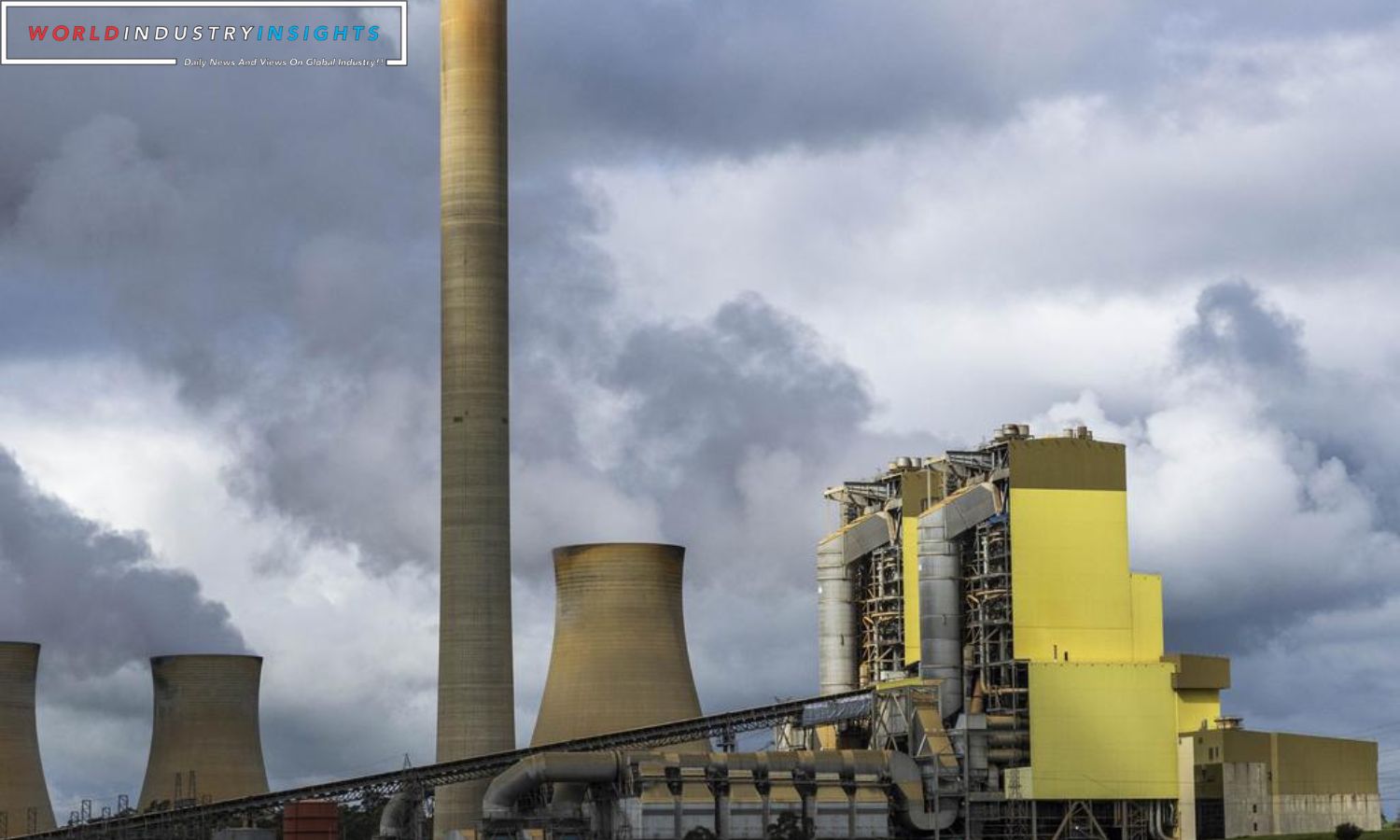Victorian Government Ambitious Plan: The Victorian government is revitalizing the State Electricity Commission (SEC), which ran the state’s energy network for 70 years before privatization in the 1990s, to fulfill renewable energy ambitions. Premier Jacinta Allan announced the rebirth, outlining the SEC’s Strategic Plan 2023-2035 to transition families to all-electric and create renewable energy jobs.
The SEC will invest $1 billion in renewable energy projects to create 4.5 billion gigawatts, enough to power 1.5 million homes. The government wants to power all government buildings with renewable energy by 2025, including hospitals, schools, and police stations.
One key aspect of the SEC’s revival is to simplify the transition to renewable energy for Victorians. A pilot program will begin in 2024, aimed at assisting residents in switching from fossil fuels to all-electric solutions. This initiative aims to reduce complexity and costs associated with electrifying homes, potentially saving up to 60% on power bills while reducing emissions.
The SEC has a rich history dating back to 1918 when it was established to exploit brown coal reserves and develop power infrastructure, aiming to free the state from reliance on imported fuel. By the 1970s, it became the sole agency responsible for electricity generation and distribution in Victoria. However, privatization in the 1990s fragmented the SEC.
Also Read: Singapore Bold Energy Pivot: Centralized Gas Procurement for Reliability and Progress
The decision to revive the SEC stems from the government’s commitment to achieving a renewable energy target of 95% by 2035. Premier Daniel Andrews, in his re-election campaign, emphasized the return of government ownership of energy to accelerate the transition away from fossil fuels.
In terms of job creation, the reformation of the SEC is expected to generate nearly 60,000 jobs, with a focus on the Morwell region in the Latrobe Valley. The government highlighted the inclusion of 6,000 traineeships and apprenticeships. While specific job details are yet to be disclosed, the government is establishing an SEC Centre of Training Excellence to work with schools and TAFEs to build a skilled renewable energy workforce.
However, not everyone is convinced by the government’s plan. Opposition Leader John Pesutto expressed skepticism about the funding allocated, suggesting that the $1 billion investment falls short of the stated objectives and might lead to increased debt.
On the other hand, renewable energy advocate Mike Cannon-Brookes praised the government’s commitment, acknowledging that solving the transition to renewable energy requires a collective effort. Kane Gordon, CEO of the Clean Energy Council, sees the initiative as a significant opportunity for the renewable energy sector and believes that the industry is well-prepared to invest in Victoria.
Our Reader’s Queries
What is the Victorian climate plan?
Victoria’s bold strategy and interim targets demonstrate its commitment to leading the charge against climate change. This plan not only helps reduce emissions by 28 to 33 per cent by 2025 and 45 to 50 per cent by 2030, but also creates new job opportunities and industries for the future. By charting a clear path towards net-zero emissions by 2050, Victoria is setting an example for other regions to follow.
What is the Victorian Government innovation strategy?
We’re committed to investing in Victoria’s exceptional research and innovation capabilities, and leveraging them to create commercial opportunities. By doing so, we’ll be able to boost our key industries and generate new employment opportunities, all while preparing ourselves to tackle the major challenges that lie ahead.
What is the Victorian Government emissions reduction pledge?
As part of the transport pledge, there are several actions being taken to reduce emissions. By 2030, half of all new light vehicle sales will be Zero Emission Vehicles (ZEVs). Additionally, starting in 2025, all new public transport bus purchases will be ZEVs. The Victorian Government is also adding 400 ZEVs to their fleet by 2023. These efforts will help to significantly reduce emissions and promote a cleaner, more sustainable future.
What is the government system of Victoria?
In Victoria, the government operates under the Westminster system, which is made up of three parts: Parliament, the Crown, the Legislative Council (Upper House), and the Legislative Assembly (Lower House). Parliament is responsible for creating most of the laws in the state.


